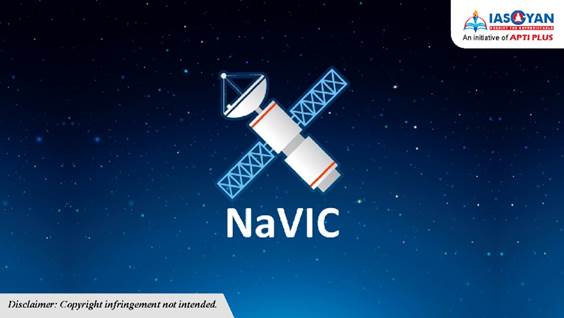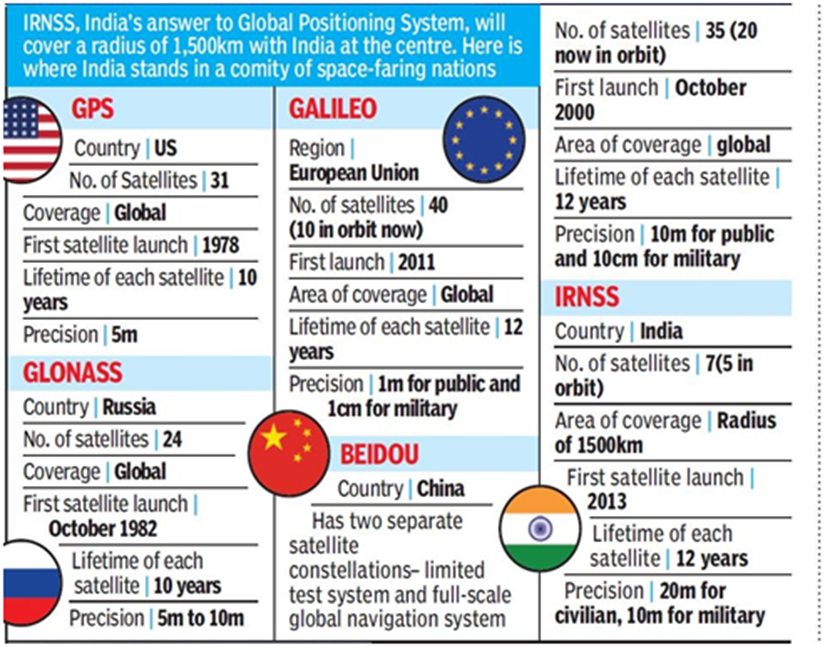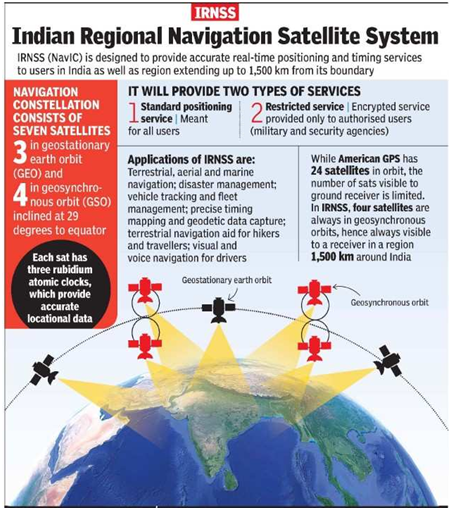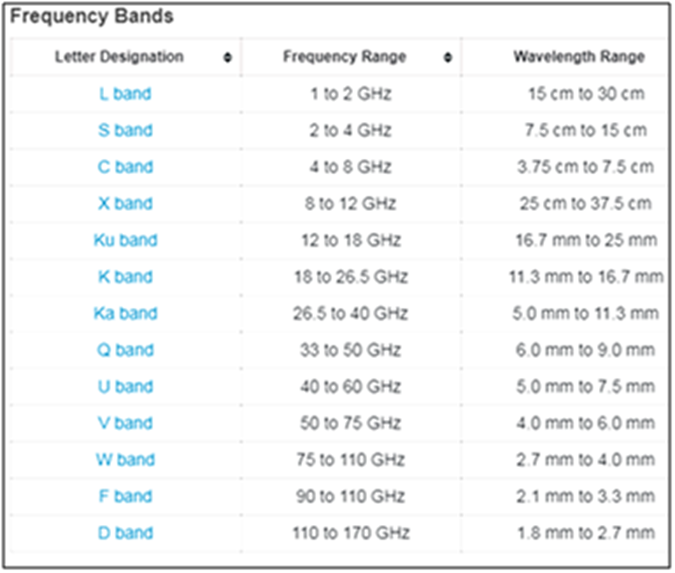Free Courses Sale ends Soon, Get It Now


Free Courses Sale ends Soon, Get It Now



Disclaimer: Copyright infringement not intended.
Context
NaviC
Coverage
Satellites
Accuracy
Applications
Examples Redmi Note 9 series from Xiaomi, the Realme 6 series, the OnePlus Nord, etc.



L Band
Applications
Advantages of L Band Frequency over other frequency bands:
S band
Applications
Significance of NaVIC
© 2024 iasgyan. All right reserved